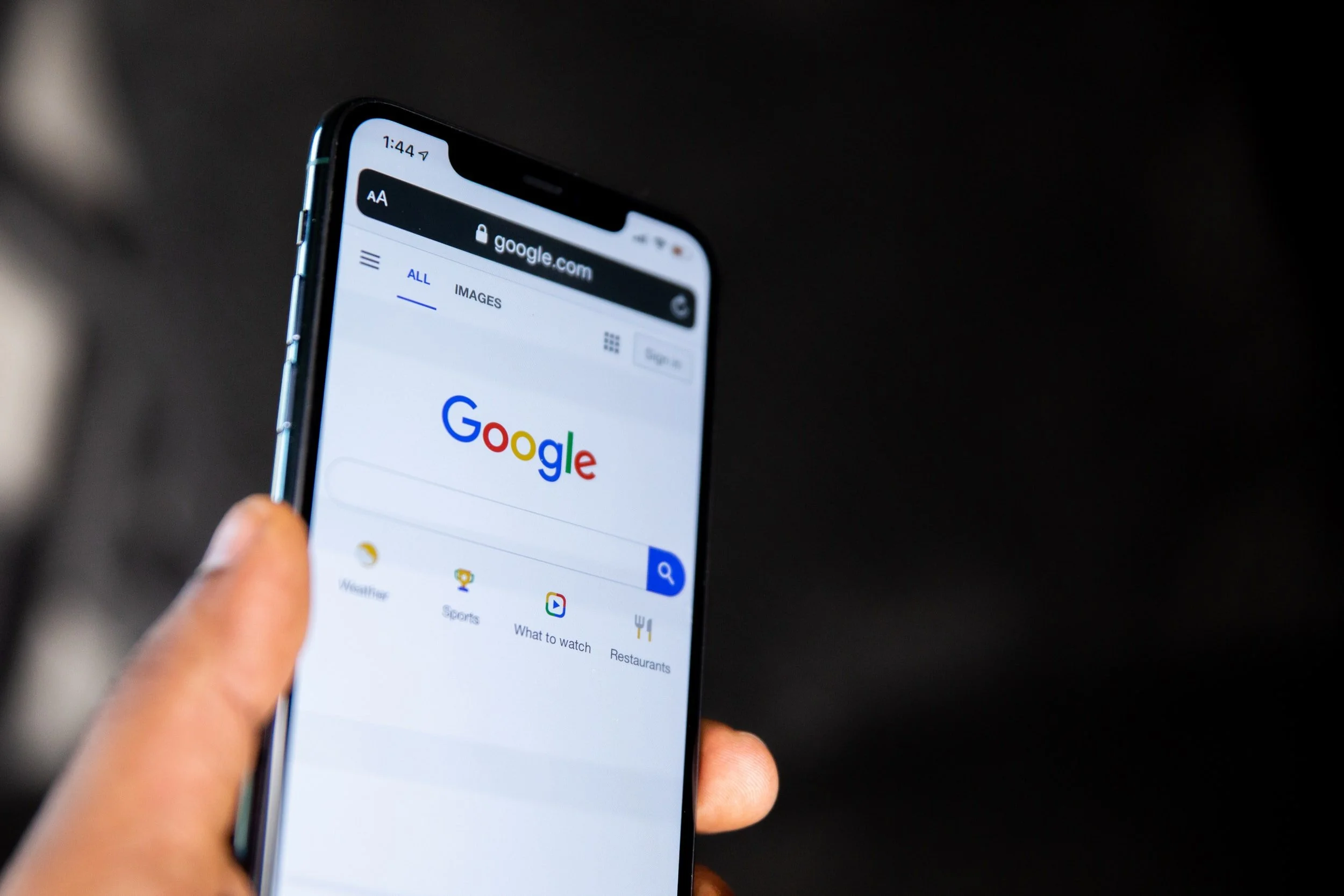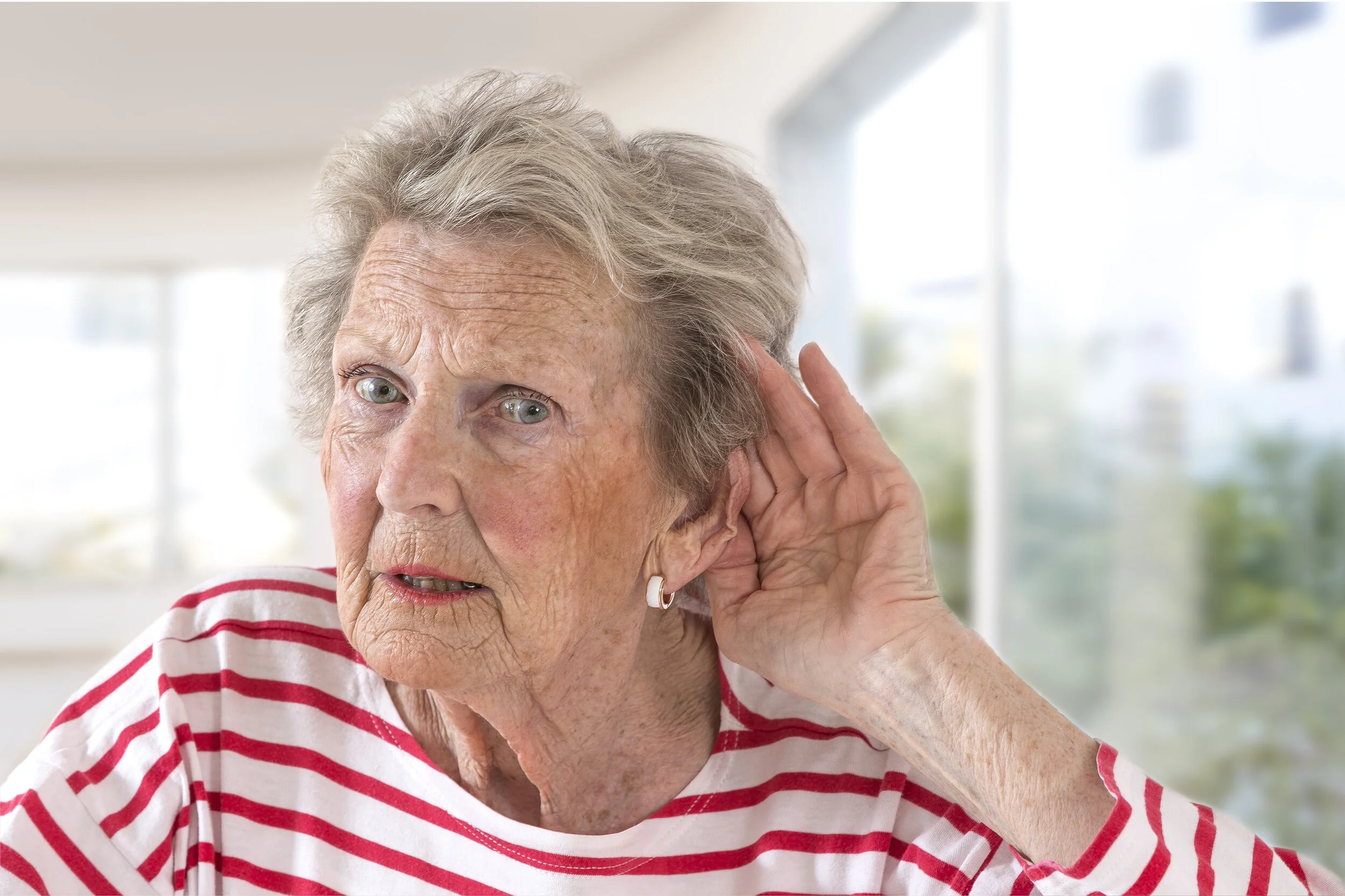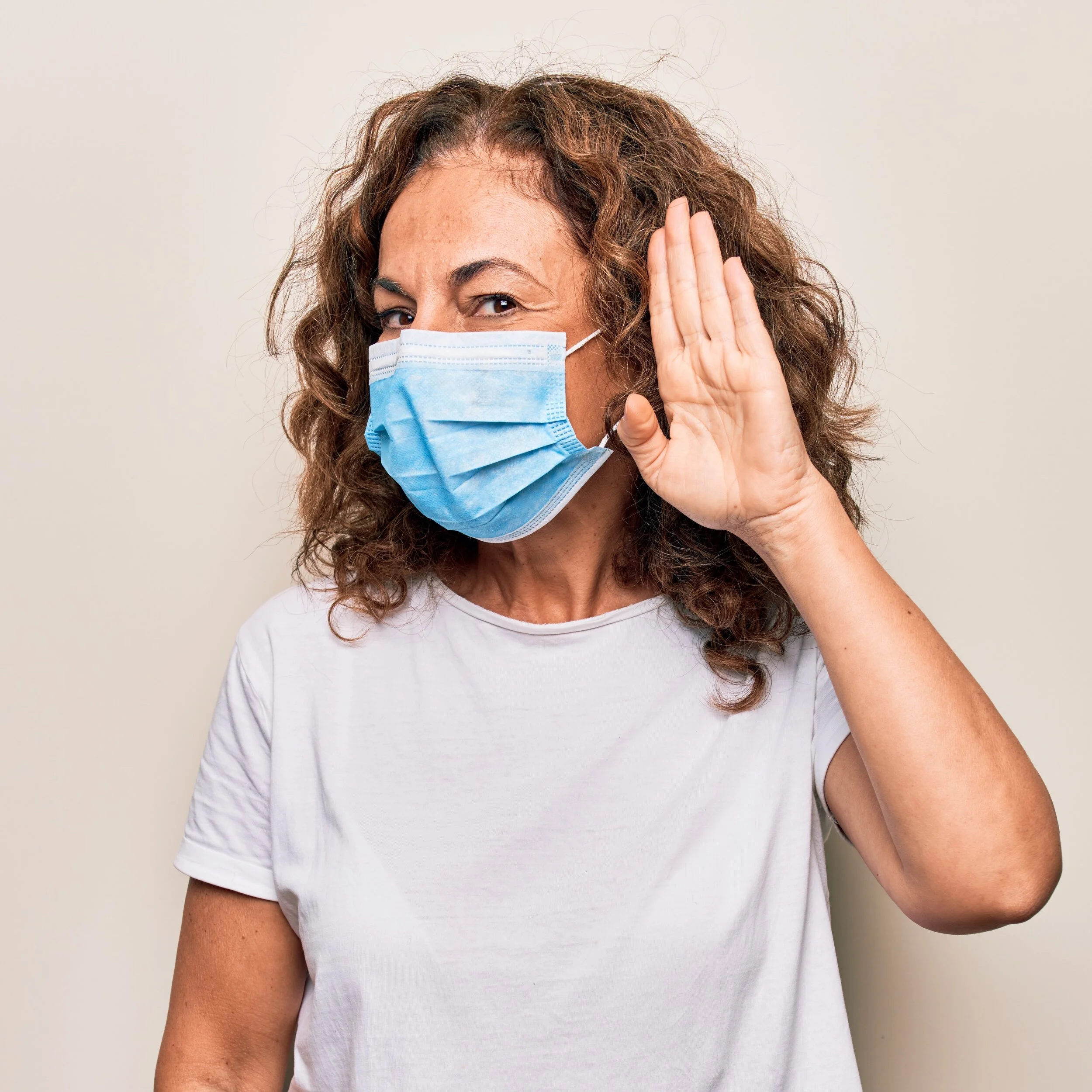After a successful pre-release period, HeardThat has officially launched! The award-winning speech enhancement app, developed by Singular Hearing and available for both iOS and Android, announced its full release after successfully capturing the attention of thousands of active users, showing impressive growth and receiving outstanding product validation.
Read MoreTechnically speaking, adults are classified as having normal hearing ability if their responses indicate they heard sound below 25 decibels (dB) across the frequency range. For children, normal hearing ability is considered when they can hear below 15 dB across the frequency range. While this is helpful for a clinical assessment, it doesn’t mean much to the consumer. In this blog HeardThat will break down what this means in everyday scenarios.
Read MoreWith an estimated 5% of the world’s population suffering from disabling hearing loss, there’s a good chance that you know someone who is hard of hearing to the point that it's disruptive to their lives. Hearing loss affects people of all ages. Whether it’s your friend, family member, or colleague, you may have experienced difficulties conversing with them, particularly in noisy environments.
Read MoreThe transcription services market has grown. In the U.S. alone, it was valued at $19.8 billion USD in 2019 and it’s expected to expand an estimated 6.1% annually through 2027. With COVID-19 having brought school, work and socializing online, it’s no surprise that more people are relying on transcription apps and plugs-in for their smart devices and computers.
Read MoreThere’s a misconception that those with hearing loss are retirement-aged or older, but it’s actually much more common. In the most recent Global Burden of Disease (GBD) study on the prevalence of hearing loss, considering all degrees of hearing impairment, researchers estimated that 1.57 billion people globally had hearing loss in 2019. That accounts for one in five people.
Read MoreSince HeardThat’s launch in late 2020, we’ve been fortunate to grow a solid user base. Our deep learning algorithms proved to be useful to help people stay connected to their friends and loved ones in noisy areas. As parts of the world reopen, more people are returning to coffee shops, restaurants, sporting events and other social engagements that often occur in noisy environments. Our team is dedicated to continuously updating the HeardThat app so that it’s always relevant to those with hearing loss. As we see more activity on the app, we’re calling on you to help us improve our data.
Read MoreAs people flock to spend more time outdoors during the warmer months, we can expect noise levels to increase. Not only does this contribute to hearing loss, but it also affects those with mild, moderate and severe hearing loss by impacting their ability to participate in conversations.
Read More[T]he CDC found that veterans are 30% more likely to suffer from severe hearing loss than those who haven’t served. Exposure to gunfire, blasts, and loud noises associated with equipment, tanks and aircrafts can cause everything from auditory processing issues (or understanding speech in loud environments) to severe hearing loss.
Read MoreWith the OTC Hearing Aid Act somewhat in limbo, there are a number of hearing assistive technologies available to the hearing impaired community, from wearables to our own HeardThat app.
Read More2020 changed the ways in which we communicate. Very suddenly, in-person gatherings and celebrations shifted online, just as businesses went remote in most countries. With mass populations resolved to stay at home, we quickly learned that phone calls with friends, family and colleagues just weren't the same as face-to-face interactions. Video conferencing gained rapid popularity as a result. In fact, video conferencing apps saw 62 million downloads in just one week of March 2020, after lockdowns were put into place.
Read MoreThe World Health Organization (WHO) estimates that there are 466 million people suffering from “disabling hearing loss” globally. That’s nearly 5% of the world’s population. By 2050, they say more than 900 million people will have disabling hearing loss. No doubt hearing loss is a major issue, but because it often occurs gradually, many people don’t even realize it’s happening until it becomes severe. Until people see an audiologist, they simply don’t know what they’re missing.
Read MoreThe HeardThat team recently wrapped up a fun few days at the CES 2021 all-virtual experience. Per usual, accessibility technology was a hot topic. Hearing tech in particular continues to see advancements, which isn’t surprising considering one in eight Americans over 12 years of age or older have hearing loss in both ears.
Read MoreTechnology is constantly evolving and changing how we interact with our healthcare. The world of hearing assistance is no different. Advances in the past few years have offered new ways for audiologists and users to stay on top of their hearing health.
Read MoreLive transcription apps offer users the ability to read their conversations, identify speakers, and communicate easier than ever - no matter their hearing capabilities. Let’s explore some of the best current captioning apps to help those who struggle with conversations in less-than-ideal conditions.
Read MoreAs a caring friend or family member, you are often the first to notice hearing loss in your loved one and have the ability to help them find the hearing help they need. Here we’ll cover the basic signs that your friend or family member may be experiencing hearing loss, and what you can do to help.
Read MoreWhen the sounds of everyday life become a little harder to decipher, it may be time to check your hearing. As with many health conditions, seeking out help before symptoms start to develop offers you the best chance of preserving your hearing.
Read MoreMost people consider hearing loss to be a problem associated with old age, but researchers and doctors are finding rising rates of hearing issues in younger people. In fact, the World Health Organization estimates that over 1.1 billion young people are at risk of hearing loss from recreational habits alone.
While hearing loss in young people is on the rise, understanding this issue and taking steps towards prevention can help preserve our children’s hearing.
Read MoreThe coronavirus pandemic has greatly shifted our normal ways of life. As we adapt to a new normal, we are learning more about how we can make life more accessible for those with hearing loss.
Read MoreHearing aids aren’t just for older folks.
Read MoreAnnounce your hearing aid with pride via a new emoji added to Unicode 12.0.
Read More



















